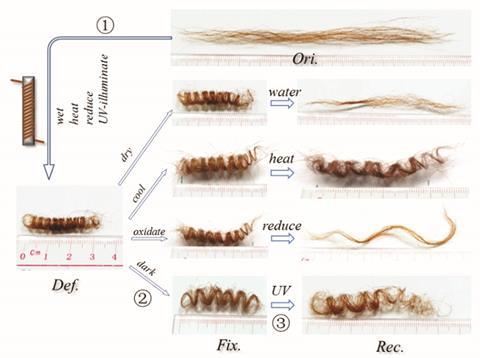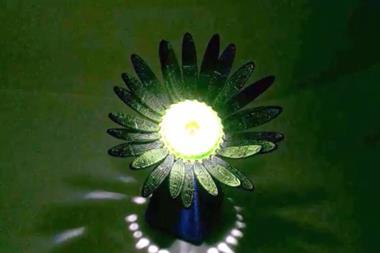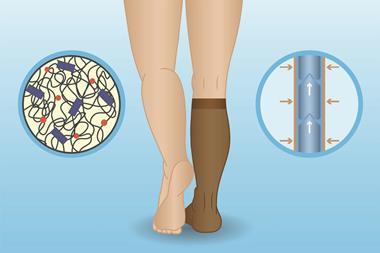Natural fibres’ unusual properties could be the basis for new smart materials

Animal fur and hair have long been used for clothing and warmth but now scientists found that camel hair is also a responsive smart material. The hair has a shape memory, meaning that it can return to its original shape under certain conditions after being deformed. This property could provide the basis for smart synthetic materials and new types of textiles.
Jinlian Hu and her colleagues from the Institute of Textiles & Clothing, Hong Kong, studied sheep wool, as well as human, goat and camel hair. ‘Shape memory behaviour exists universally in nature, particularly in animals’, says Hu. ‘Just like our memory, shape memory is a phenomenon which can be programmed, stored and retrieved by certain external stimuli such as heat or water,’ she adds.
The hair’s shape memory behaviour, which responds to heat, water, redox agents or UV light, is due three of its components: keratin crystals, hydrogen bonds and disulfide bonds. While the keratin keeps the hair in its current shape, the bonds act as switching units, allowing deformation under certain conditions but keeping the material fixed under others.
Greg Payne, professor at the Institute for Bioscience and Biotechnology, University of Maryland, US, says that ‘this work illustrates how biology can enlist orthogonal physical crosslinking mechanisms to create materials with complex responsive properties’. ‘However, understanding these mechanisms will be a necessity for creating advanced materials that can realize the range of the material’s capabilities that exist in biology’ Payne adds. This is one of the objectives of Hu’s team, as they plan to synthesise artificial biopolymers that mimic the structures of hair.
References
This article is free to access until 10 October 2016
X Xiao et al, Polym. Chem., 2016, DOI: 10.1039/C6PY01283C












No comments yet